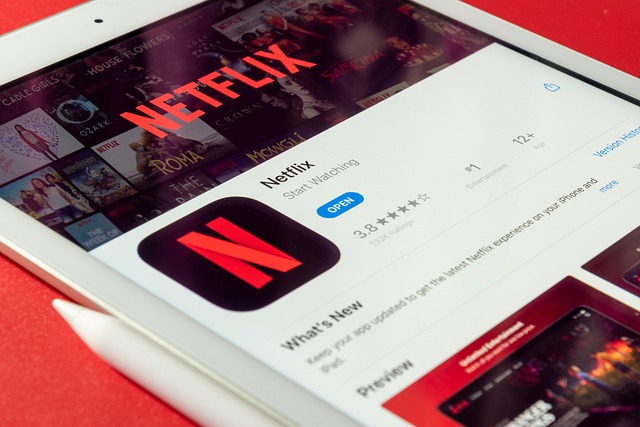The Evolution of Stream Interface in Competitive Gaming
The world of competitive gaming has undergone a significant transformation over the past few years, and central to this evolution is the concept of the stream interface. As gaming enthusiasts increasingly turn to streaming platforms to share their gameplay, connect with fans, and build thriving communities, the interface through which this interaction occurs has become crucial to the experience. Let’s delve deeper into the rise of the stream interface and its impact on the gaming landscape.
The Rise of Streaming Platforms
In the early days of eSports, competitive gaming was primarily an in-person phenomenon. Gamers would gather in local arenas, battling it out in front of an audience. However, with the advent of technology and the rise of platforms like Twitch and YouTube Gaming, this dynamic changed dramatically. Suddenly, the potential to reach a global audience was at our fingertips. The stream interface became not just a way to watch games, but an essential tool for engagement, allowing viewers to interact with streamers in real time.
Enhancing Viewer Experience
The evolution of the stream interface has also dramatically improved the viewer experience. Initial interfaces offered basic options for watching gameplay, but modern iterations are rich with features. Chat functions allow viewers to communicate directly with streamers and each other, fostering a sense of community. Overlay graphics provide real-time statistics and highlights, enriching the viewing experience and immersing audiences deeper into the game’s narrative. The stream interface now serves as a vital bridge between the gamer and their audience, creating a shared space for interaction.
The Role of eSports in Shaping Stream Interfaces
As eSports gained popularity, the stream interface adapted to cater to the specific needs of competitive gaming. Games like League of Legends, Dota 2, and Fortnite have embraced innovative streaming features that highlight player stats, in-game events, and live reactions. The competitive nature of these games requires a more sophisticated interface that not only showcases gameplay but enhances strategy discussions among viewers. As players fight for attention and sponsorships, the quality of their stream interface can be a game-changer in attracting and retaining followers.
The Impact of Gaming Culture
Gaming culture has also played a significant role in shaping the way stream interfaces operate. Fans of different games have diverse expectations when it comes to how they want to engage with content. Streamers often adapt their interfaces according to what resonates with their specific gaming community, whether it be through customization of alerts, donation options, or unique chat interactions. The stream interface has thus become a canvas for individuality, reflecting the personality of the streamer and the tastes of their audience.
The Future of Stream Interfaces in Gaming
Looking ahead, it is clear that the stream interface will continue to evolve in tandem with advancements in technology and changes in gaming culture. Augmented reality and virtual reality are on the horizon, promising to create even more immersive experiences for both players and viewers. With the rise of AI, we may see a shift in how streamers engage with their communities, as interactive elements become more intuitive and personalized.
Ultimately, the evolution of the stream interface encapsulates a larger narrative about the growth of competitive gaming. As technology advances and communities flourish, how we share and celebrate our gaming experiences will only become richer and more nuanced. The journey is just beginning, and the possibilities are limited only by our imagination.



